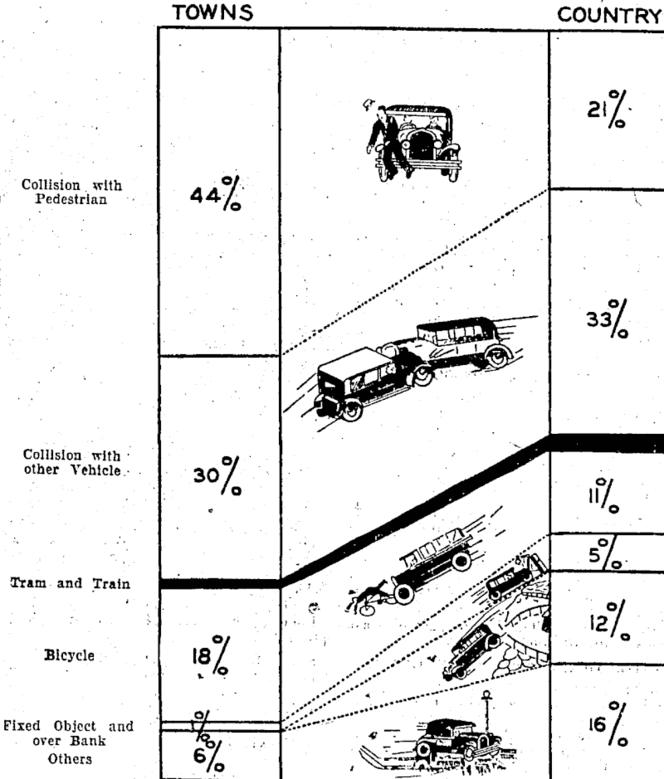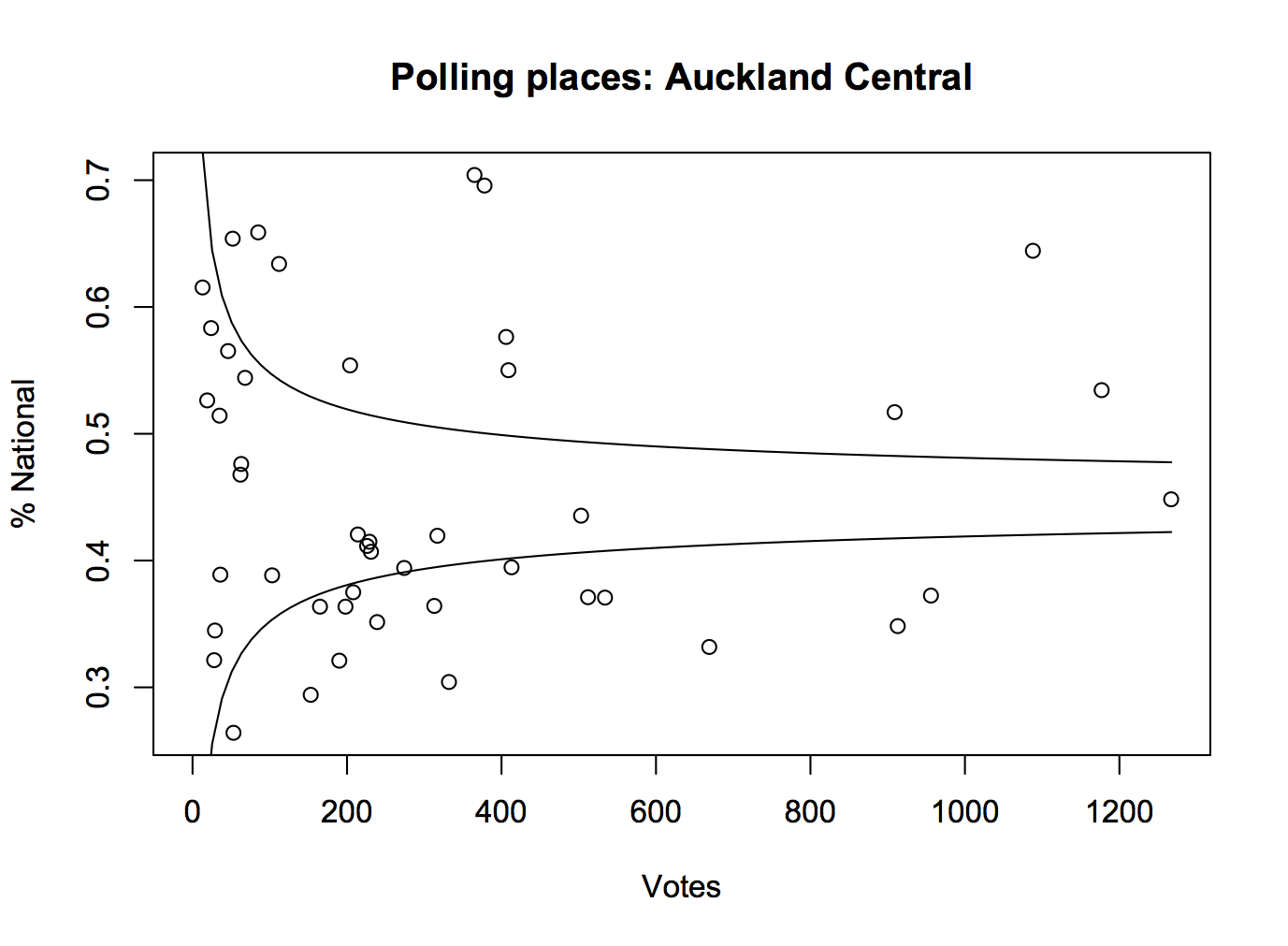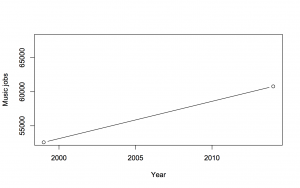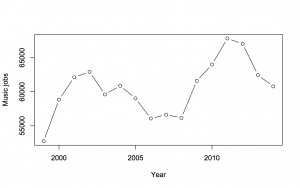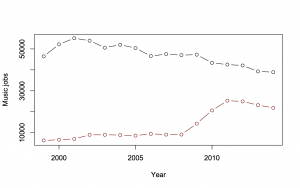Blood pressure experiments
The two major US medical journals each published a report this week about an experiment on healthy humans involving blood pressure.
One of these was a serious multi-year, multi-million-dollar clinical trial in over 9000 people, trying to refine the treatment of high blood pressure. The other looks like a borderline-ethical publicity stunt. Guess which one ended up in Stuff.
In the experiment, 25 people were given an energy drink
We hypothesized that drinking a commercially available energy drink compared with a placebo drink increases blood pressure and heart rate in healthy adults at rest and in response to mental and physical stress (primary outcomes). Furthermore, we hypothesized that these hemodynamic changes are associated with sympathetic activation, which could predispose to increased cardiovascular risk (secondary outcomes).
The result was that consuming caffeine made blood pressure and heart rate go up for a short period, and that levels of the hormone norepinephrine in the blood also went up. Oh, and that consuming caffeine led to more caffeine in the bloodstream than consuming no caffeine.
The findings about blood pressure, heart rate, and norepinephrine are about as surprising as the finding about caffeine in the blood. If you do a Google search on “caffeine blood pressure”, the recommendation box at the top of the results is advice from the Mayo Clinic. It begins
Caffeine can cause a short, but dramatic increase in your blood pressure, even if you don’t have high blood pressure.
The Mayo Clinic, incidentally, is where the new experiment was done.
I looked at the PubMed research database for research on caffeine and blood pressure. The oldest paper in English for which I could get full text was from 1981. It begins
Acute caffeine in subjects who do not normally ingest methylxanthines leads to increases in blood pressure, heart rate, plasma epinephrine, plasma norepinephrine, plasma renin activity, and urinary catecholamines.
This wasn’t news already in 1981.
Now, I don’t actually like energy drinks; I prefer my caffeine hot and bitter. Since many energy drinks have as much caffeine as good coffee and some have almost as much sugar as apple juice, there’s probably some unsafe level of consumption, especially for kids.
What I don’t like is dressing this up as new science. The acute effects of caffeine on the cardiovascular system have been known for a long time. It seems strange to do a new human experiment just to demonstrate them again. In particular, it seems ethically dubious if you think these effects are dangerous enough to put out a press release about.

